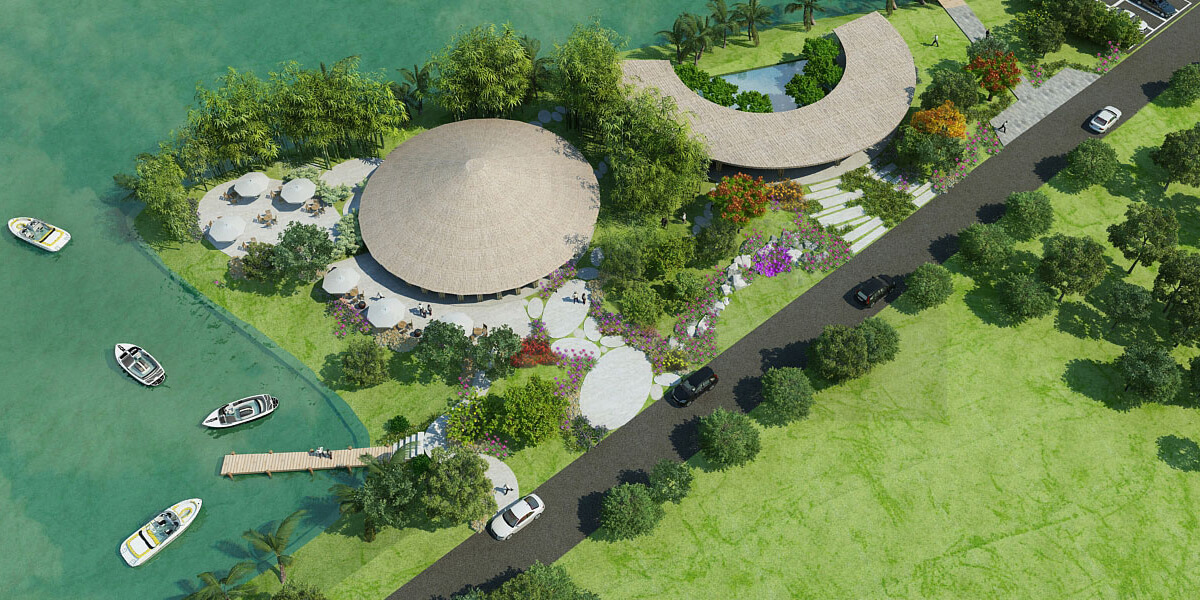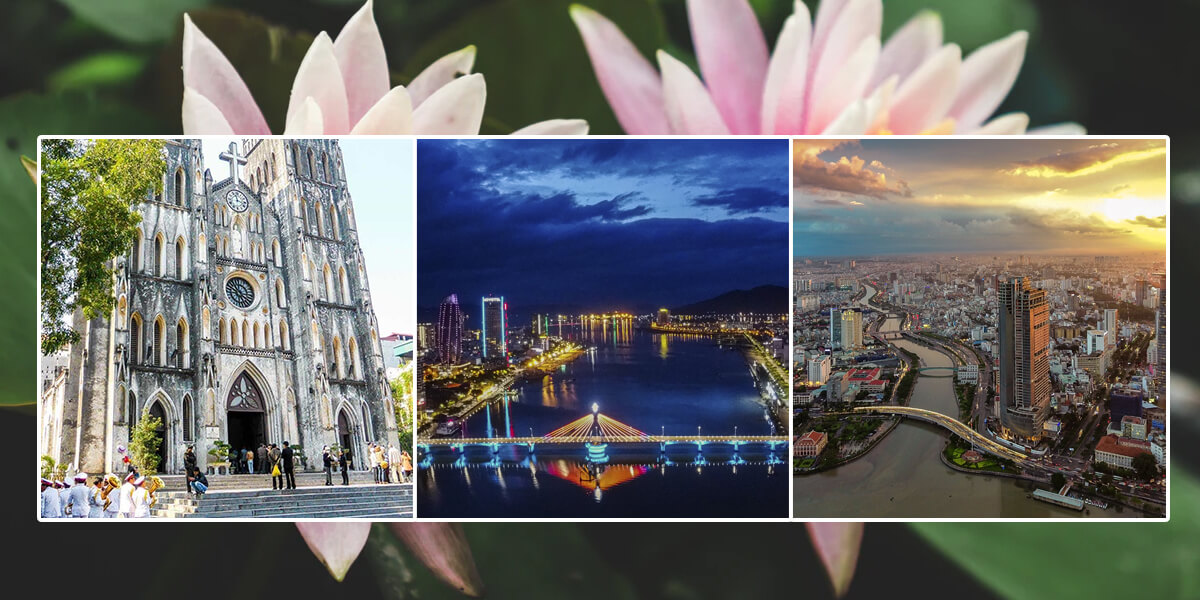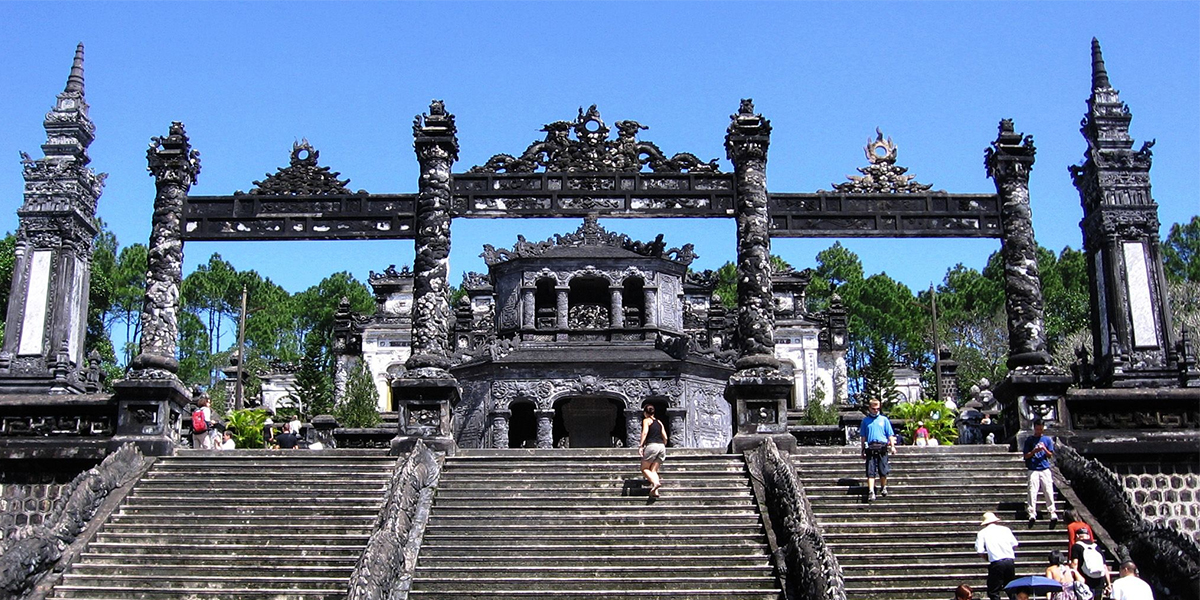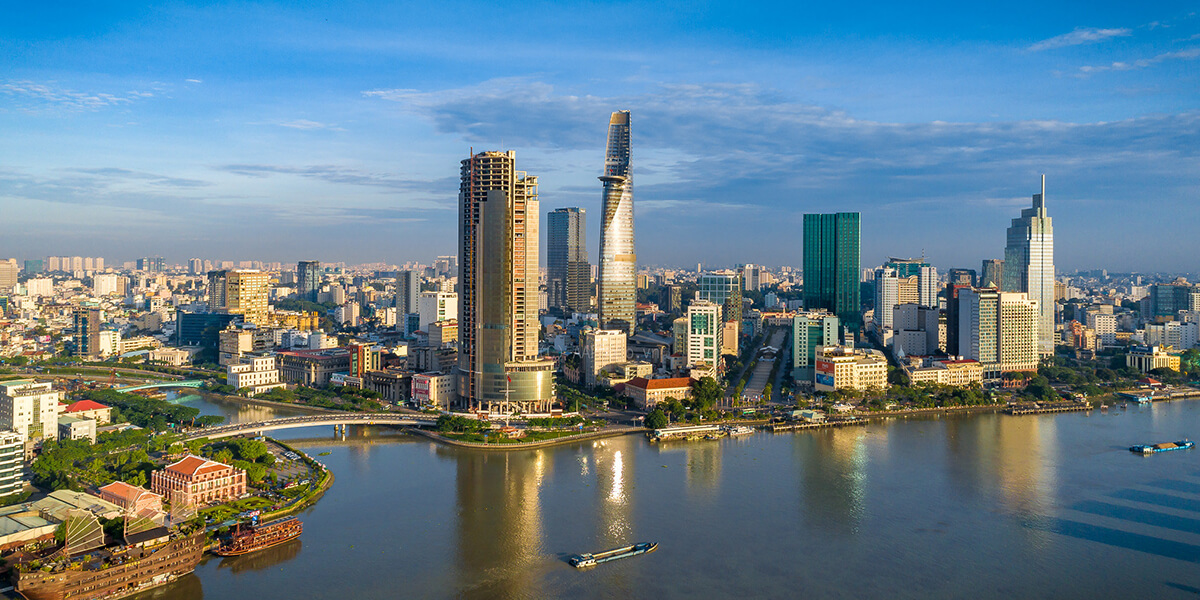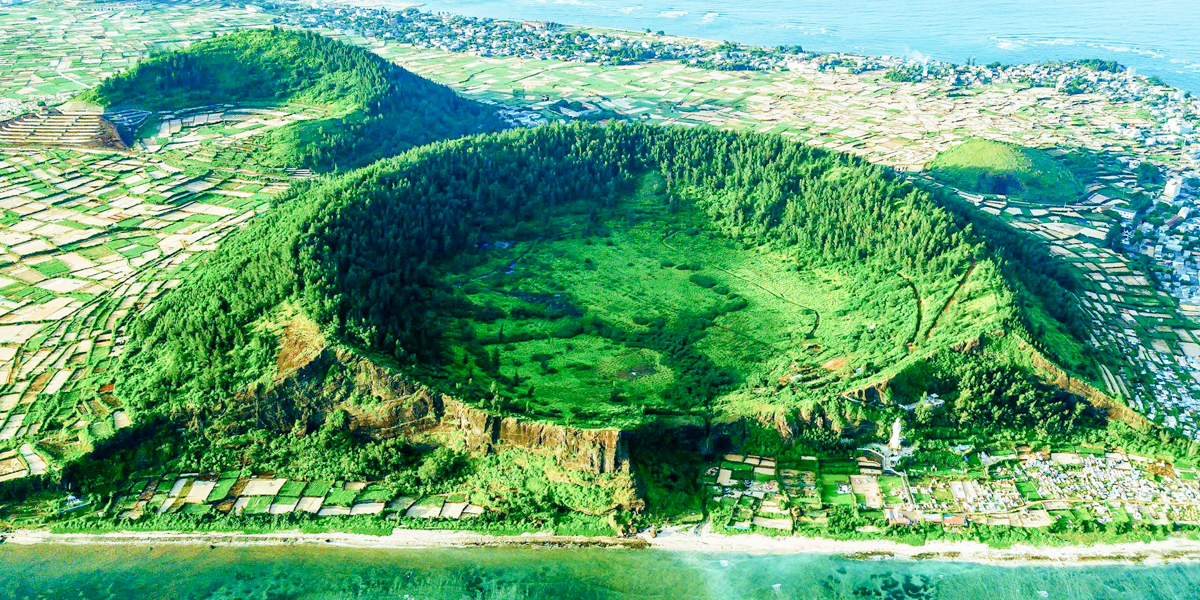Vietnam tunnel systems are built quite complex, depending largely on the structure of geological layers. In addition, depending on the needs and purpose of use, there are different types of tunnels like the kind of tunnel for pedestrians and road tunnels through the mountain passes, river crossing tunnels... It is mainly built after the war, for the purpose of serving traffic demand and economic development. Tunnel doors are usually located in places with stable geological condition, with little subsidence, sliding soil and rock layers.
I - Thu Thiem tunnel - an impressive Vietnam tunnels across the river
Tunnels across the river is also known as the river crossing tunnel. In Vietnam, the most typical river crossing tunnel is the Thu Thiem tunnel across the Saigon River. This Tunnel connecting District 1 and District 2 of Ho Chi Minh City is a project of the East-West Highway.
It is designed with 6 lanes with the size of 2 x 3 x 3.5m, the total length of about 1,490m. The entrance to the tunnel is built in a U-shape with a length of 400m. The branch section and the hatch on both sides are 720m long. The submerged part of the river bed is 370m long. The submerged part of the tunnel is divided into 4 segments and molded separately elsewhere. Each burner weighs about 27,000 tons, and it is made of reinforced concrete.

Thu Thiem tunnel - Source: VnExpress
This Vietnam tunnel has a maximum slope of 4%. The submerged part is located at the bottom of the river about 24m from the water surface. As a rule, for cars, the maximum speed allowed is 60 km / hour, the minimum is 30 km / hour; For motorcycles, the maximum speed allowed is 40km/h. The bunker can withstand strong earthquakes of 6 magnitude and a lifespan of 100 years.
Vehicles with a tonnage of 5 tons or less are banned from traffic in the tunnel from 6 to 8 hours and 16 to 20 hours per day. Vehicles with a tonnage of 2.5 tons or more and heavy trucks must not circulate for 6 - 21 hours per day. Motorbikes are circulated from 4 - 23 hours daily. It absolutely prohibits vehicles over 30 tons, trailers, semi-trailers, vehicles with a height of more than 4.2m and a width of more than 2.5m. These vehicles can only pass through tunnels with a permit.
It can be said that Thu Thiem tunnel Saigon is an important traffic bridge, contributing to traffic & economic development in Ho Chi Minh city. Therefore, the tunnel was built connecting District 1 and District 2, connecting the Thu Thiem peninsula with the city center to promote the economy. As a result, the travel of people in particular and traffic and business in general are handled more easily.
II - Vietnam tunnels through the mountain
Tunneling through the mountain with visitors to the ceremony is not too new. However, tunneling through the mountain in Vietnam has many attractions to tourists because of the beautiful scenery and historical sites associated with the work.
1 - Hai Van Tunnel
Built on the border of two provinces of Hue and Da Nang, Hai Van Pass Tunnel is the longest road tunnel in Southeast Asia, about 6,258 km. The tunnel is built through the mountain to replace the Hai Van pass, saving time and avoiding dangerous roads.

Hai Van tunnel - Source: Zing
The tunnel has two circulation tunnels and a ventilation tunnel system. The main tunnel of Hai Van pass is 6,280m long, 10m wide, with a height of 7.5m for vehicles to pass. The escape tunnel has a road running parallel to the main tunnel, 6,280m in length, 4.7m in width, and 3.8m in height. The ventilation tunnel has a length of 1,810 meters, a width of 8.2 meters and a height of 5.3 meters.
It is illuminated by 3,140 high-pressure lamps. Capacity per bulb is 65 MW.
Hai Van tunnel is an example of industrialization and modernization in Vietnam. Since it was put into operation and use, it has significantly improved traffic conditions on the South-North route, shortened the journey, reduced fuel consumption for vehicles and reduced traffic accidents.
2 - Ca Pass Tunnel
If the Hai Van is a living proof for the construction and development of the country, the Deo Ca tunnel is a testament to the clear shaping of the internal strength of construction contractors in Vietnam.
Unlike the road tunnels that have always been built with foreign capital support or joint venture, Deo Ca tunnel is entirely in charge of Vietnamese enterprises from survey, design and construction.
Similar to the Hai Van tunnel, the tunnel was built to replace the old and dangerous pass sections. Ca Pass tunnel connects the two provinces of Phu Yen and Khanh Hoa, with a total length of about 13.5km, of which the tunnel through Deo Ca mountain is 4.1km long.
Ca Pass tunnel is designed to include two parallel axles, each axis has two lanes, the distance between each axis is 30m. The traffic speed of vehicles passing through the tunnel can reach 80km / h. If there is an earthquake, the tunnel can withstand a Category 7 earthquake.
We see that the construction of road tunnels and putting them into operation not only contributes to facilitating traffic conditions, boosting the economy but also demonstrates Vietnam tunnels construction and design capacity.







 — Quan Nguyen
— Quan Nguyen
